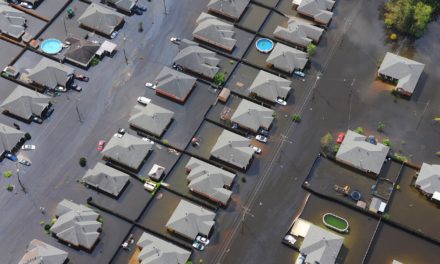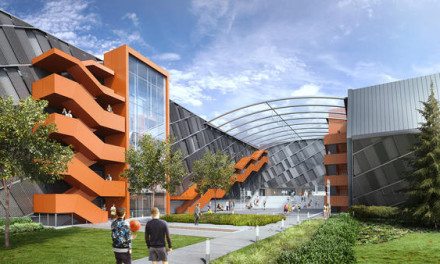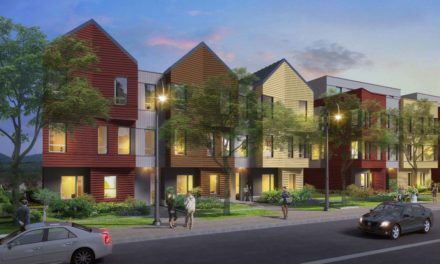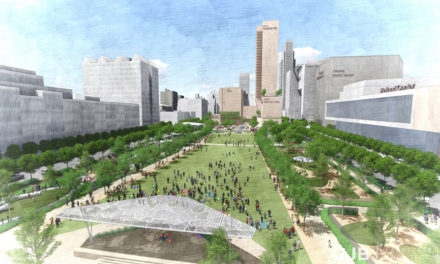Many architects and urban planners may like to think that the city—the vibrant, pulsating metropolis—is at the center of their orbit. But it’s that much-maligned, often-parodied human habitat known as the suburb that dominates much of the action—the living and working that takes place in the developed world.
And that’s a reality that will only become more apparent, according to major themes sounded at a recent conference hosted by MIT’s Center for Advanced Urbanism (CAU) of the School of Architecture and Planning.
“On the global stage, cities may be where the spotlight often falls, but the suburbs are where the action is,” asserts the introduction of a report on the conference, by Jonathan Mingle of the School of Architecture and Planning.
During the conference, “The Future of Suburbia,” a panel of scholars and other heavyweight experts offered “perspectives on trends in suburban city forms, while considering how designers and planners could help make them more productive, equitable, and ecologically sound in the decades to come,” Mingle reports.
Alan Berger, professor of landscape architecture and urban design, and co-director of the CAU at MIT, said the urban planning and design professions “often operate on the assumption that most future growth will happen in cities, even though almost 70 percent of people in the U.S. live in suburban areas.”
And the suburbs are growing: the United Nations predicts that by 2050, only one in eight people worldwide will live in a megacity; the rest will live in the urban periphery or beyond, Berger said.
Converging to drive the demographics of suburban growth are populations of minorities, young adults with children and aging baby boomers—all of whom are increasingly calling the suburbs home, regardless of the cultural perception of sex-in-the-city allure of urban glamor.
And, surprise, the suburb can be more than just haphazard sprawl, Berger said, offering that “designed intelligently, suburbia can be a highly productive test bed for clean energy, clean water, food, carbon storage, social diversity, and certainly affordable housing.”
Not surprisingly, transportation figured prominently in the conference agenda.
The automobile is the engine that drove the suburban explosion of the 20th century, but evolution in transportation technologies and the “autonomous vehicle” phenomenon could bring about a significant reduction in paved surfaces in the suburbs—up to 50 percent, Berger said.
A more sci-fi-esque transportation concept was described by Knut Sauer, vice president at Hyperloop Technologies. The hyperloop system would move people and goods in a depressurized environment in a system of tubes, at speeds up to 700 mph.
Berger is co-editor of a 1,200-page book, “Infinite Suburbia,” slated for publication in 2017 and aimed at “setting the foundation for a future collective theory for global suburbia.” The book is the culmination of an “intensive two-year collaborative effort among 52 authors, more than two dozen graduate student researchers, several dozen visiting experts, and 10 partner academic institutions, spanning a dozen academic fields,” Mingle reports in the MIT coverage of the Future of Suburbia conference.
MIT, never one to shy away from the biggest and most daunting challenges facing humanity, said the conference is part of the culmination of this intensive two-year collaboration, but also the start of a new four-year MIT-led collaboration that will “reimagine the global suburban condition.”





